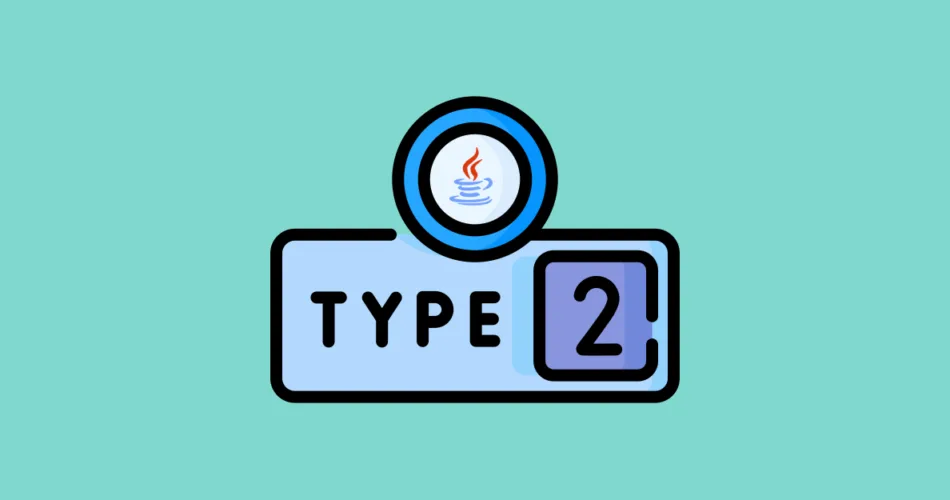Type casting and conversion are essential concepts in Java that enable you to manipulate and transform data between different data types. As you journey through the world of Java programming, understanding how to convert and cast data is paramount for building versatile and efficient applications. In this comprehensive guide, we’ll unravel the intricacies of type casting and conversion in Java, providing insightful examples and practical insights.
Type Casting: Unveiling Compatibility
Type casting involves converting a value from one data type to another. In some cases, you might need to explicitly cast a value to ensure compatibility and prevent data loss. Java supports two types of casting: widening (implicit) casting and narrowing (explicit) casting.
Widening Casting: This type of casting occurs automatically when a value of a smaller data type is converted to a larger data type. For example:
int intValue = 5;
double doubleValue = intValue; // Widening casting from int to double
Narrowing Casting: This type of casting requires explicit declaration and is used when converting a value of a larger data type to a smaller data type. You need to be cautious with narrowing casting to avoid potential loss of data:
double bigValue = 1234.56;
int smallValue = (int) bigValue; // Narrowing casting with explicit declaration
Type Conversion: Adapting Data
Type conversion involves transforming a value from one data type to another, often as part of a calculation or operation. Java provides automatic type conversion in some scenarios to accommodate mixed-type expressions. For example, when performing arithmetic operations involving different data types:
int intValue = 10;
double doubleValue = 3.14;
double result = intValue + doubleValue;
// Automatic type conversion of intValue to double
String Conversion: A Unique Case
Converting data to and from strings is a common task in Java. While concatenation or the String.valueOf() method can convert many data types to strings, converting strings to other data types demands special attention.
Parsing Strings: To convert a string to a numeric data type, you can use methods like Integer.parseInt() or Double.parseDouble():
String numStr = "123";
int parsedInt = Integer.parseInt(numStr);
double parsedDouble = Double.parseDouble(numStr);
Conclusion: Harnessing Data Transformation
As you navigate the realm of Java programming, mastering type casting and conversion is fundamental for creating dynamic and adaptable code. Whether you’re manipulating numeric values, performing calculations, or working with strings, the ability to seamlessly transform data between different types empowers you to build versatile and efficient applications.
In this guide, we’ve delved into the intricacies of type casting and conversion in Java, exploring the concepts of widening and narrowing casting, automatic type conversion, and string conversion. Through examples, you’ve witnessed how to perform safe and efficient type casting, enabling smooth transitions between different data types.
So, embrace the world of type casting and conversion, experiment with their capabilities, and elevate your Java coding endeavors to new heights of functionality and creativity. Remember, each casting and conversion is a step toward constructing powerful and adaptable Java applications that contribute to the ever-evolving landscape of software development.
Subscribe to our email newsletter to get the latest posts delivered right to your email.


Comments